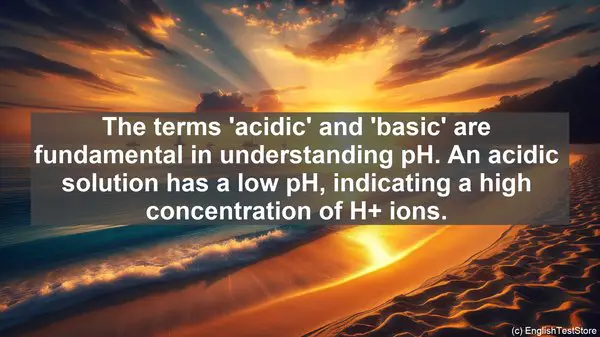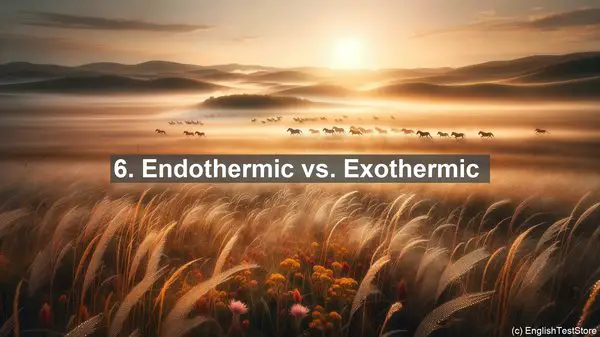Introduction
In today’s lesson, we’ll be diving into the world of inorganic chemistry. While this subject can be fascinating, it also has its fair share of challenges. One of the most common stumbling blocks is the confusion between certain words. So, let’s get started and clear up any lingering doubts!
1. Cation vs. Anion
The first pair of words that often cause confusion are ‘cation’ and ‘anion.’ Simply put, a cation is a positively charged ion, while an anion is negatively charged. A useful trick to remember is that ‘cat’ sounds like ‘positive,’ and ‘an’ sounds like ‘negative.’
2. Oxidation vs. Reduction
Next up, we have ‘oxidation’ and ‘reduction.’ These terms are crucial in understanding redox reactions. Oxidation refers to the loss of electrons, while reduction involves gaining electrons. A handy mnemonic is ‘LEO says GER’ – Loss of Electrons is Oxidation, Gain of Electrons is Reduction.
3. Soluble vs. Insoluble
Moving on, let’s talk about ‘soluble’ and ‘insoluble.’ When a substance is soluble, it means it can dissolve in a particular solvent. Conversely, an insoluble substance does not dissolve. Remember, ‘soluble’ is like ‘solve,’ indicating that it can be dissolved.
4. Precipitate vs. Supernatant
In a chemical reaction, you may come across the terms ‘precipitate’ and ‘supernatant.’ A precipitate is the solid that forms when two solutions react, while the supernatant is the liquid remaining above it. Think of ‘precipitate’ as something that ‘falls’ to the bottom.
5. Homogeneous vs. Heterogeneous
When describing a mixture, it can be either ‘homogeneous’ or ‘heterogeneous.’ A homogeneous mixture is uniform throughout, while a heterogeneous mixture has visible differences. A helpful analogy is that ‘homo’ means ‘same,’ indicating uniformity.
6. Endothermic vs. Exothermic
Let’s now delve into energy changes. An ‘endothermic’ reaction absorbs heat from its surroundings, resulting in a decrease in temperature. Conversely, an ‘exothermic’ reaction releases heat, causing a temperature increase. Think of ‘endo’ as ‘entering’ and ‘exo’ as ‘exiting’ heat.

7. Isomer vs. Resonance
In organic chemistry, ‘isomer’ and ‘resonance’ are often confused. Isomers are compounds with the same molecular formula but different structures, while resonance refers to the delocalization of electrons in a molecule. Remember, ‘iso’ means ‘same,’ indicating identical formulas for isomers.

8. Acidic vs. Basic
The terms ‘acidic’ and ‘basic’ are fundamental in understanding pH. An acidic solution has a low pH, indicating a high concentration of H+ ions. On the other hand, a basic solution has a high pH, with a greater concentration of OH- ions. Think of ‘acid’ as ‘sour’ and ‘base’ as ‘bitter.’
9. Catalyst vs. Intermediate
In a chemical reaction, a ‘catalyst’ speeds up the reaction without being consumed. An ‘intermediate,’ on the other hand, is formed during the reaction but is not the final product. A useful analogy is that a catalyst is like a ‘match’ that ignites the reaction.
10. Molar Mass vs. Molecular Weight
Our final pair of words is ‘molar mass’ and ‘molecular weight.’ While they may seem interchangeable, there is a subtle difference. Molar mass refers to the mass of one mole of a substance, while molecular weight is the sum of the atomic weights in a molecule. Think of ‘molar’ as ‘moles’ and ‘molecular’ as ‘molecules.’
